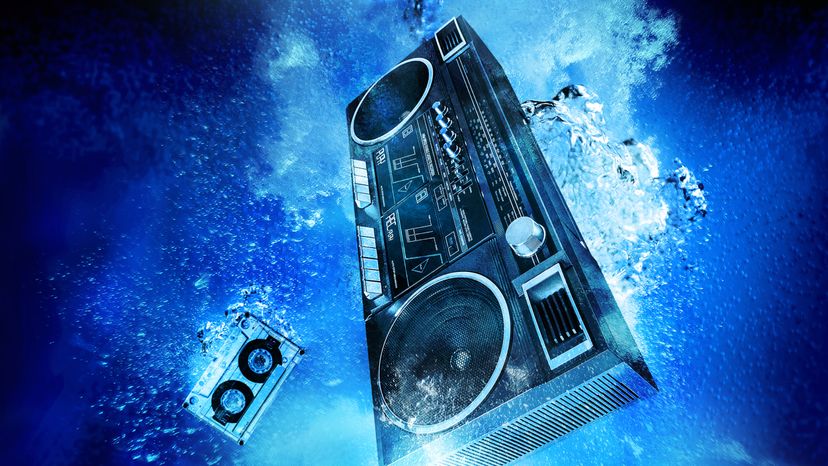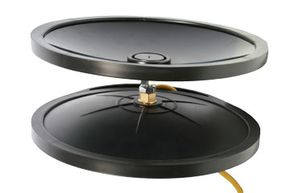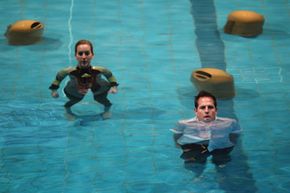
Harry Houdini's famed Chinese Water Torture Cell is not a pleasant working environment. Not only does it shackle the user upside down in a vat of chilling water, it's also impossible to listen to music inside the thing.
Or at least that's how it was back in the 1910s and 1920s.
Advertisement
If the legendary escape artist were alive today, he could make use of special underwater earbuds. Better yet, he could outfit the entire torture cell with a stunning underwater sound system. With a little AC/DC cranking in there, you know he could have shaved a solid minute off his escape time.
But of course you're no Harry Houdini, and you probably don't earn your living inside a theatrical drowning booth. Yet even outside the world of professional illusion, underwater sound system technology has its place.
First, consider the world of water dancing. Synchronized swimmers need to actually hear the music while they're practicing their art. In fact, Lubell Labs, one of the oldest producers of underwater speakers, got its start following a successful product demo at the 1970 National Senior Synchronized Swimming Championships in the U.S. [source: Lubell].
Lap swimmers, scuba divers, marine biologists, cave divers and underwater film crews all benefit from underwater sound system technology as well. How better for 18 divers to communicate on a submerged Hollywood set? Plus, we also use the technology to interact with whales and repel fish from polluted waters.
So slip into your favorite high-cut swimsuit, shackle your ankles and prepare to slip beneath the surface of some hi-fi sounds.
Advertisement




